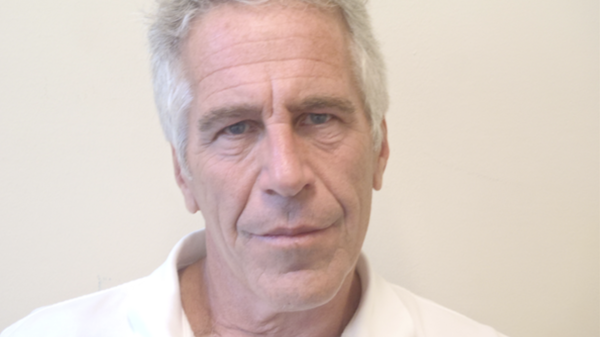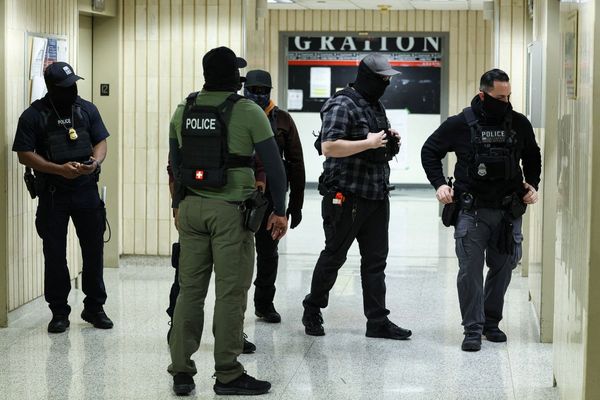
On Monday, a magnitude 7.6 earthquake hit Japan near the Noto Peninsula in the Ishikawa prefecture, prompting tsunami warnings for the nine prefectures along the west coast of the country and neighbouring areas such as South Korea. More quakes are expected to come this week.
Japan is particularly prone to earthquakes because four of the earth’s tectonic plates meet in the country. Japan experienced a devastating quake in 2011 with a death toll of nearly 20,000 people, with most killed by tsunami waves, and also caused nuclear plant meltdowns in Fukushima. The disaster is believed to have caused $220bn worth of damage.
Here is what you need to know about Monday’s earthquake.
Where and when did the earthquake occur?
- Quakes began at around 4pm local time (07:00 GMT) on Monday. A magnitude 7.6 earthquake was reported near the Noto Peninsula in Japan’s Ishikawa prefecture. Japan is divided into 47 prefectures which are types of administrative divisions. Earthquakes measuring between 7.0 to 7.9 are considered “major” and can cause serious damage. The largest earthquake ever recorded was magnitude 9.6 in Chile in 1960.
- The earthquake generated ocean waves about 1 metre (3 feet) high along Japan’s west coast and on the coast of neighbouring South Korea. The temblor was also felt in Japan’s capital, Tokyo, 300km (186 miles) away on the other side of the country.
- Across nine prefectures, almost 100,000 people were evacuated and spent the night in sports halls and school gymnasiums, commonly used as evacuation centres in emergencies in Japan. These are often built with an accompanying “disaster storehouse” which contains food supplies and other essentials to support living for a period of time.
- The Japan Meteorological Agency (JMA) issued low-level tsunami warnings for the prefectures of Niigata and Toyama and a major tsunami warning for Ishikawa that was lifted on Tuesday morning.
- Within two hours of the major earthquake near the Noto Peninsula, the Japanese public broadcaster, NHK TV, had urged people to flee to higher ground or to get to the top of nearby buildings as quickly as possible. It was feared that floodwaters could reach as high as 5 metres (16.4 feet) in the event of a tsunami.
- A tsunami wave around 1.2 metres (4 feet) high hit Wajima city in Ishikawa 10 minutes after the magnitude 7.6 quake occurred, while a fire sparked by the collapse of buildings engulfed houses in the area. Residents were forced to evacuate in the dark because of power outages. People were seen carrying belongings such as blankets, while others rushed out holding babies.
- On Tuesday, JMA reported that the country had been hit by 155 earthquakes since the initial tremor on Monday.
Is this region particularly prone to earthquakes?
Japan is one of the countries in the world most at risk from earthquakes. Seismic activity has been simmering in the area for some time. Between December 2020 and last month, 506 quakes with an intensity of at least 1.0 were recorded. Experts say they will not know why this more major series of earthquakes was not anticipated until further research has been carried out.
Ishikawa, a popular tourist destination famous for its cultural heritage sites, lies near the tectonic plate boundary between the earth’s Eurasian and North American plates. Such areas are particularly susceptible to earthquakes because of the movement of the plates against each other, and the stronger shock this causes in nearby areas.
Monday’s earthquake is the strongest to have occurred in Ishikawa since 1885 when data first became available.
Monday also marks the country’s first major tsunami warning since March 2011 when a magnitude 9.0 earthquake in the Tohoku region killed more than 18,000 people and triggered nuclear plant meltdowns in Fukushima.
How many casualties have there been so far?
At least 30 people have been killed in Ishikawa and rescue teams are still trying to reach areas where people are feared to have been trapped under collapsed buildings. At least 14 people have been critically injured.
“The government has identified at least six to 10 people trapped inside buildings and [the total] may be much higher than that, considering the government is usually quite conservative about these numbers until their official [final tally],” said Al Jazeera correspondent Chris Gilbert, reporting from Tokyo.
Will there be more quakes?
JMA has warned that further quakes with a seismic intensity of 7.0 could hit the region over the next week, particularly in the next two to three days. There is a heightened risk of fires and landslides, the JMA said. Officials warned residents of some areas to stay away from their homes because of the potential danger.
The warning of a major tsunami for Ishikawa, however, was cut to an advisory-only alert and eventually lifted on Tuesday morning. A tsunami “advisory” indicates that significant flooding is not expected but local officials may take some action such as closing beaches or evacuating harbours.
“The tsunami threat has now largely passed,” the Hawaii-based Pacific Tsunami Warning Center said on Monday night.
How much damage has the earthquake caused?
The Japanese authorities are still assessing the extent of the damage but the quake has so far resulted in several deaths, collapsed buildings, fires in Wajima and power outages across Ishikawa.
Almost 33,000 households remained without power in Ishikawa prefecture early on Tuesday morning in Japan, according to information on Hokuriku Electric Power’s website. Broadcaster NHK said most areas in the northern Noto Peninsula were also without water.
Several highways near the epicentre were closed, while flights and bullet train services to the area had also been suspended.
In Suzu, a coastal town of just over 5,000 households near the quake’s epicentre, there may have been as many as 1,000 houses destroyed, according to its mayor, Masuhiro Izumiya.
How quickly will people trapped under rubble be rescued?
With warnings of further quakes to come, Prime Minister Fumio Kishida warned late on Monday that efforts to rescue people trapped under collapsed buildings would be a “race against time”.
Thousands of army personnel, firefighters and police officers from across the country have been dispatched to the worst-hit areas of the Noto Peninsula in the Ishikawa prefecture.
So far, rescuers have been struggling to reach the northern tip of the peninsula because of the damaged state of the roads, while helicopter surveys have identified a large number of fires and widespread damage to buildings and infrastructure.
Which nearby countries are at risk?
Russia, North and South Korea and the neighbouring island of Sakhalin have also issued tsunami warnings.
Russia issued tsunami warnings for its far eastern cities, Vladivostok and Nakhodka. Local authorities in Vladivostok ordered fishermen to “urgently get back to shore”.
A tsunami wave measuring 0.67 metres (2.2 feet) high reached South Korea’s east coast of Mukho in Gangwon province on Monday night, the country’s meteorological agency said. Authorities in Gangwon and Samcheok city warned residents to evacuate to higher ground.
North Korea issued warnings of tsunami waves of up to 2.08 metres (6.8 feet) for its east coast.
Additionally, an emergency services alert on Sakhalin island near Japan said its western coast “may be affected by tsunami waves”.







